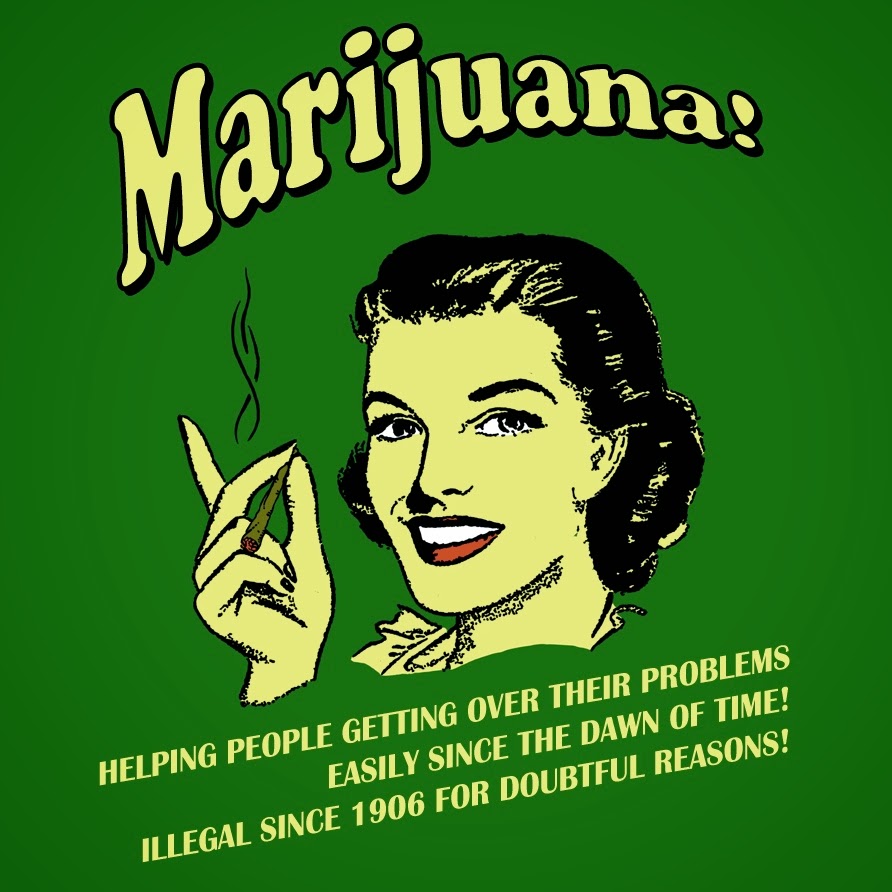 Sunshine mingled in with a lot of free-floating clouds this Saturday afternoon on California’s north coast, and once again the weekend, which since retirement, not my favorite day-episodes of the week.
Sunshine mingled in with a lot of free-floating clouds this Saturday afternoon on California’s north coast, and once again the weekend, which since retirement, not my favorite day-episodes of the week.
Long overdue. Science examines the “contact high” (or “buzz“) — from New York Magazine on Thursday and ‘“…the first study … to examine the influence of room ventilation on secondhand exposure to cannabis smoke, and the first study to examine the effects of secondhand cannabis smoke exposure on behavioral/cognitive performance.”‘
(Illustration found here).
Last year I celebrated 40 years of smoking weed, and during that time, especially at the beginning, there’s always been discussions/arguments about the comically-famous, second-hand “contact high,” which supposedly one could possess from being somewhat-tightly close/or around smoked-marijuana vapors — I never made ‘contact,’ mainly because if in a room where marijuana was being smoked, I usually went first-hand. Maybe even a bogart hand-or-two.
The study, published in the journal, Drug and Alcohol Dependence, early last month, found that it’s true — you can cop a contact buzz, but it’s way down on the stoned chart. A team led by Dr. Evan S. Herrmann of the Johns Hopkins University School of Medicine took a bunch of smokers and non-smokers, put them in a specially-constructed Plexiglas compartment about the size of a small room, had the smokers toke on joints, and then checked out if any stoned effect within the absorbers.
Results:
Exposure to secondhand cannabis smoke under unventilated conditions produced detectable cannabinoid levels in blood and urine, minor increases in heart rate, mild to moderate self-reported sedative drug effects, and impaired performance on the digit symbol substitution task (DSST).
One urine specimen tested positive at using a 50?ng/ml cut-off and several specimens were positive at 20?ng/ml.
Exposure under ventilated conditions resulted in much lower blood cannabinoid levels, and did not produce sedative drug effects, impairments in performance, or positive urine screen results.
And conclusion:
Room ventilation has a pronounced effect on exposure to secondhand cannabis smoke. Under extreme, unventilated conditions, secondhand cannabis smoke exposure can produce detectable levels of THC in blood and urine, minor physiological and subjective drug effects, and minor impairment on a task requiring psychomotor ability and working memory.
Bottom line for you non-smokers is too stay away from enclosed spaces with stoners, and you’ll be fine.
And this concluding bit from the New York Magazine piece:
In other words, yes, both “contact highs” and positive drug tests as a result were observed.
But the study mentioned on this page, suggests you’d almost have to intentionally try in order to get snared by a positive drug test without actually smoking or eating pot: Ventilating the pot room, the authors write, “reduced levels of exposure among nonsmokers, evidenced by much lower (in some cases undetectable) levels of cannabinoids in blood and urine and the absence of subjective and behavioral/cognitive effects.”
In fact, the only behavioral effect the researchers noticed among nonsmokers in the ventilated session was an uptick in their responses to a “hungry/have munchies” item.
But as the authors point out, there’s a perfectly logical explanation: “Lunch hour was approaching.”
Yeah, right…
In the last few years, mary jane has finally undergone a change for the better. If you stop and think about it, the prohibition of marijuana has to be one of most idiotic, horrible scams in mankind’s insane history. The medical benefits are becoming endless, and the general public seems to be waking up to the difference between alcohol and pot.
A real-good nutshell look at marijuana’s terrible lie of a public record this past week was by Jacob Sullum, an editor at Reason magazine, and was found in of all places, at Forbes, and shows a political agenda down through the years of weird, creepy hatred for the weed.
Some snips:
A few days before the House of Representatives passed a federal ban on marijuana in June 1937, the Republican minority leader, Bertrand Snell of New York, confessed, “I do not know anything about the bill.”
The Democratic majority leader, Sam Rayburn of Texas, educated him.
“It has something to do with something that is called marihuana,” Rayburn said.
“I believe it is a narcotic of some kind.”
That exchange gives you a sense of how much thought Congress gave marijuana prohibition before approving it.
Legislators who had heard of the plant knew it as the “killer weed” described by Federal Bureau of Narcotics Commissioner Harry Anslinger, who claimed marijuana turned people into homicidal maniacs and called it “the most violence-causing drug in the history of mankind.”
Anslinger warned that “marihuana causes white women to seek sexual relations with Negroes” and estimated that half the violent crimes in areas occupied by “Mexicans, Greeks, Turks, Filipinos, Spaniards, Latin Americans, and Negroes may be traced to the use of marihuana.”
…
Last year, during a congressional hearing on the threat posed by stoned drivers, a NHTSA official was asked how many traffic fatalities are caused by marijuana each year.
“That’s difficult to say,” replied Jeff Michael, NHTSA’s associate administrator for research and program development.
“We don’t have a precise estimate.”
The most he was willing to affirm was that the number is “probably not” zero.
…
Even if marijuana prohibition were consistent with science and the Constitution, it would be inconsistent with basic principles of morality.
It is patently unfair to treat marijuana merchants like criminals while treating liquor dealers like legitimate businessmen, especially in light of the two drugs’ relative hazards.
It is equally perverse to arrest cannabis consumers while leaving drinkers unmolested.
Even if there’s only just a barely-detectable contact…